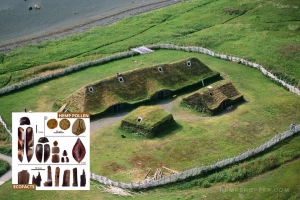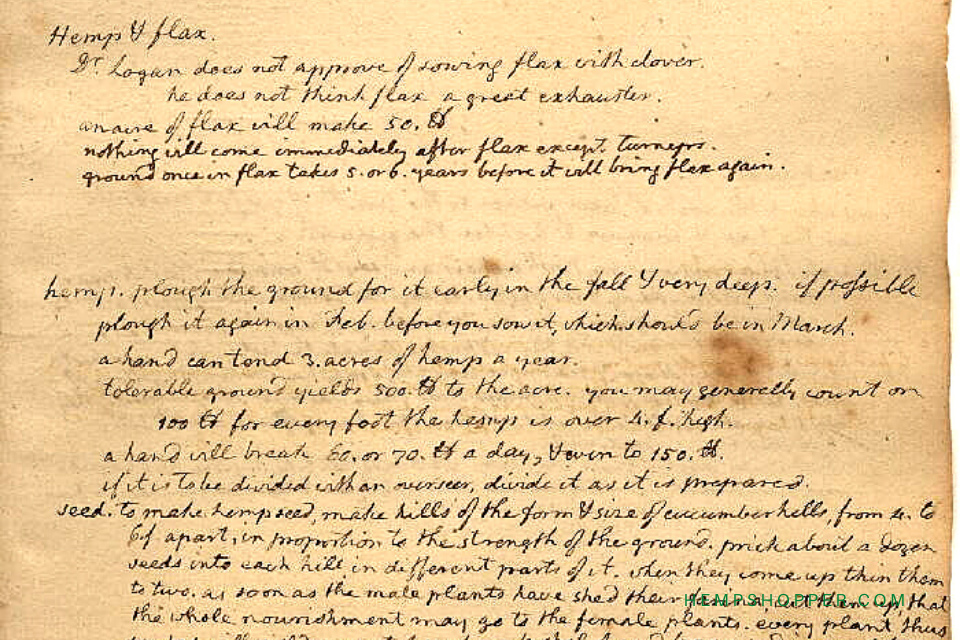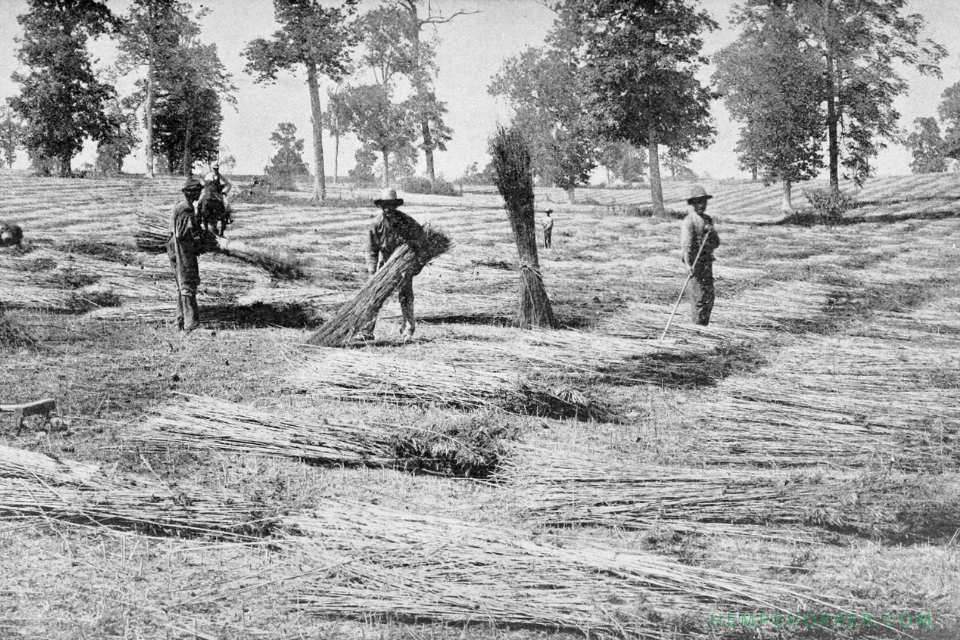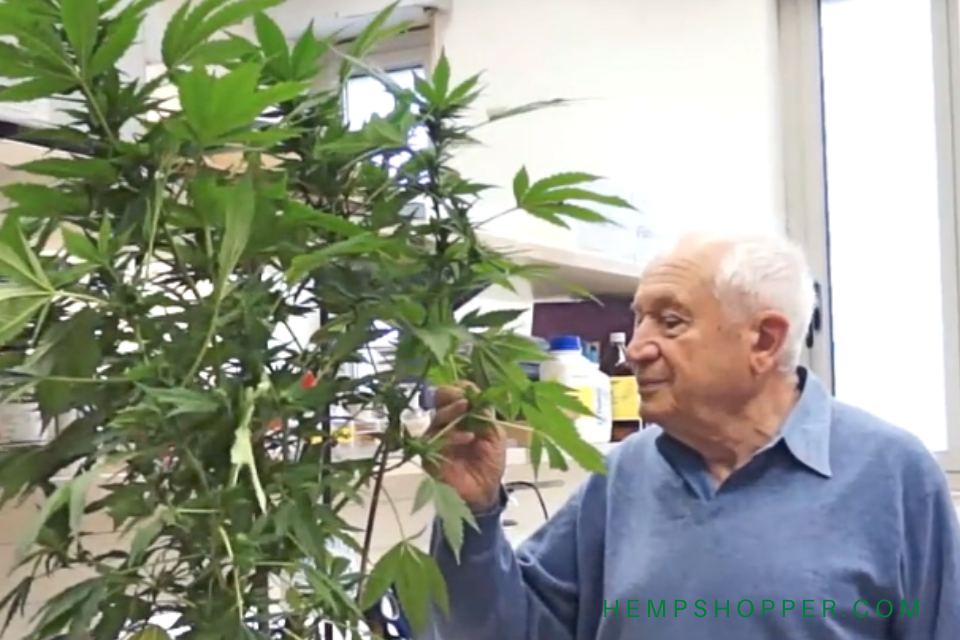1200 BC: Earliest evidence of cannabis in America

1200 BC: Earliest evidence of cannabis in America.
Cannabis pollen, discovered near an ancient Viking settlement in Newfoundland, is generating different opinions as to whether or not the Vikings actually utilized (and used) cannabis in North America.
In the late eighth century, the various people known collectively as the Norsemen or Vikings, but also referred to also as Northmen, Ostmen and pagans- began sailing south across the open waters and raiding wherever they might. These Vikings were also great traders, farmers, fishermen, explorers and settlers (Iceland, Greenland, various Scottish islands, Ireland, England, Normandy, Russia and as far as North America).1
The archaeological findings at L’Anse aux Meadows National Historic Site include the excavated remains of a complete 11th-century Viking settlement, the earliest evidence of Europeans in North America.
Situated at the top of the Great Northern Peninsula of the island of Newfoundland, this is an exceptional site. Artefacts found here show evidence of activities that include iron production and woodworking, likely used for ship repair.
Extensive archaeological research, after the site’s discovery in 1960, revealed that the timber-framed structures were constructed with a particular type of gabled roof and covered with turf taken from the surrounding peat bog. The layout of the rooms, fireplaces and openings followed the characteristics of Norse design. 2
In August 2018, another archaeological team, excavated a peat bog located nearly 30 meters east of the Viking settlement. They found a layer of “ecofacts” (environmental remains that may have been brought to the site by humans) that was dated to the 12th or 13th century.
These ecofacts include : remains of two beetles not native to Newfoundland —from Greenland and from the Arctic. The layer also held pollen from walnuts and from cannabis, two species that don’t naturally grow at L’Anse aux Meadows; rather, the Vikings “could have picked up all of these plants and animal species when they sailed south”. Ledger concluded, in his article, that “ the results presented here pose more questions than answers”.3
Viking researchers, not affiliated with the research team, urged too to caution about the results:
“I think it is too early to draw any conclusions,” said Birgitta Wallace, a senior archaeologist who has done extensive research on the Vikings in North America and emerita with Parks Canada ( an agency of the Government of Canada, in charge of the Canada´s natural and cultural heritage protection). Wallace wrote that “she isn’t convinced that the Vikings left behind these ecofacts”.4
“It is uncertain whether the Vikings used cannabis as a drug. The plant was most likely used for production of textiles and ropes. Scientists do not know if the Vikings used cannabis as a drug, and there are no sources that neither confirm nor deny if they did”. 5
Previously, there have been several findings of hemp seeds in Eastern Norway, including in Hamar municipality, dating back to the 400s BC. In the Oseberg ship burial mound, a little leather pouch full of cannabis seeds was found. It belonged to an elderly woman aged between 70 and 80. The skeleton reveals that she had various health problems – most likely cancer that caused her death – and “it is not unlikely that the seeds were used as painkillers”, says T. Lannesskog in his article Norwegian Vikings cultivated hemp.
1. Little, B.(2010): Pirate hunting: the fight against pirates, privateers and sea riders from antiquity to the present. Potomac Books, USA. 2. The remains correspond with the stories told in the Vinland Sagas, which document the voyages of Leif Erikson and other Norse explorers who ventured westward across the Atlantic Ocean from Iceland and Greenland to find and explore new territory, a significant achievement in the history of human migration and discovery. Unesco World Heritage Site. 3. LEDGER, P. (2019): New horizons at L’Anse aux Meadows. Edited by Dolores R. Piperno, Smithsonian Institution, Washington, DC. 4. WALLACE, B (2005): The Norse in Newfoundland: L'Anse aux Meadows and Vinland. Published injournals.lib.unb.ca 5. LANNESSKOG, T (2017): Norwegian Vikings Cultivated Hemp, article published on ThorNews. - LUCENA, M (1994) : Piratas, Bucaneros, Filibusteros y Corsarios en América. Ed. Grijalbo, Caracas. - Little, B (2010 ): Pirate hunting, the fight against pirates, privateers and sea riders from antiquity to the present. Potomac Books, USA. - Photo : Ledger, P. (2019): New horizons at L’Anse aux Meadows. Edited by Dolores R. Piperno, Smithsonian Institution, Washington, DC. Research and text © Hempshopper Amsterdam.


 Hempshopper Amsterdam
Hempshopper Amsterdam 






